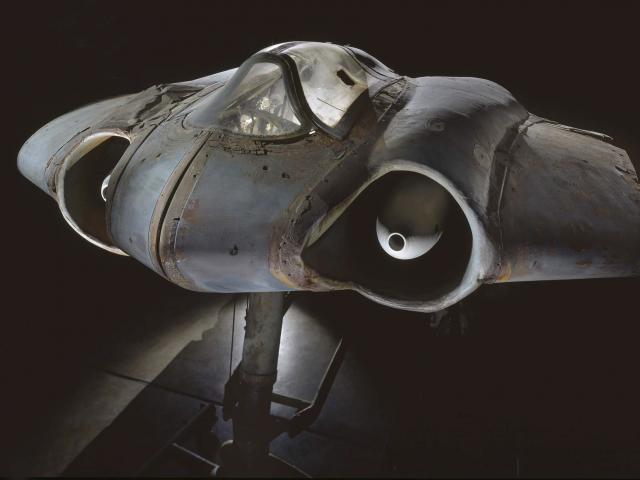The Ho 229 V3
The Ho 229 V3 is a striking relic of wartime innovation and ambition. Conceived during the final years of the Second World War, it embodied a futuristic vision of aviation. This jet-powered flying wing was designed for speed, stealth, and advanced performance. Its sleek, unconventional shape hinted at technologies far ahead of its time.

Today, the sole surviving airframe of this remarkable aircraft stands preserved at the Smithsonian’s Udvar-Hazy Center. Resting alongside legendary planes from other eras, it draws the gaze of all who pass beneath its wings. Its presence evokes both admiration for its engineering and reflection on the era that produced it. Few artifacts bridge the past and imagined future so vividly.

The Ho 229 represented a bold departure from traditional aircraft design. Its flying wing configuration reduced drag and was believed to offer radar-dodging potential—an early step toward modern stealth. Had it entered mass production, it might have changed the air war’s course. Instead, it remains a haunting “what if” of aviation history.

Truly, this machine is “A Ghost of War’s Future.” It stands as a silent reminder of how human ingenuity can be shaped by conflict. The Ho 229 invites us to ponder the thin line between innovation and destruction. Its legacy lives on as both a technological marvel and a cautionary symbol.
